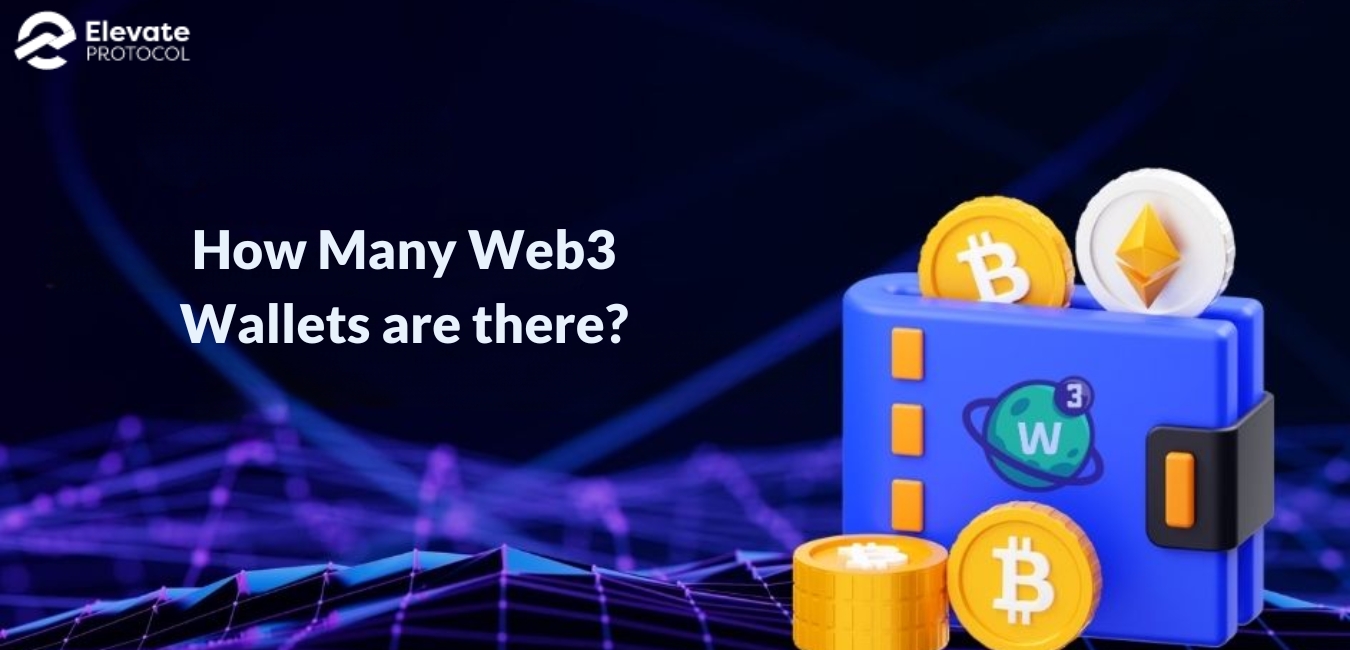
In the rapidly evolving landscape of decentralized technologies, Web3 wallets play a pivotal role in enabling users to interact with blockchain-based platforms securely. As the decentralized web, or Web3, gains prominence, the demand for reliable and feature-rich wallets has surged.
Elevate Protocol is at the forefront of innovation, revolutionizing asset management by seamlessly integrating web3 technology to enhance the efficiency and security of blockchain assets.
In this blog post, we’ll delve into the diverse world of Web3 wallets, exploring popular options and shedding light on their unique features.
MetaMask
MetaMask stands out as one of the most widely used and recognized Web3 wallets. Known for its user-friendly interface and seamless integration with popular browsers like Chrome and Firefox, MetaMask allows users to manage their Ethereum-based assets effortlessly.
It supports not only Ethereum but also other networks like Binance Smart Chain, making it a versatile choice for crypto enthusiasts exploring various decentralized ecosystems.
Trust Wallet
For those who prefer managing their crypto assets on the go, Trust Wallet offers a mobile-first approach. Acquired by Binance, Trust Wallet supports a wide range of blockchain networks, providing users with access to an extensive array of decentralized applications (DApps).
Its user-friendly interface and robust security features make it a preferred choice for many mobile users entering the Web3 space.
Custodial Wallets
While MetaMask and Trust Wallet fall under the category of non-custodial wallets, custodial wallets are also a significant part of the Web3 landscape. These wallets, offered by centralized exchanges like Binance and Coinbase, hold users’ private keys on their behalf.
While this approach may simplify the user experience, it comes with the trade-off of reduced control over one’s assets, as users rely on the security measures implemented by the custodial service.
Smart Contract Wallets
Smart contract wallets take the concept of decentralization a step further by allowing users to automate and customize their transactions through smart contracts.
These wallets, such as Gnosis Safe and Argent, enable users to set rules and conditions for their transactions, enhancing security and providing more control over their assets.
However, the complexity of smart contracts requires users to have a deeper understanding of blockchain technology.
Coinbase Wallet
Coinbase Wallet, an extension of the popular cryptocurrency exchange, aims to provide a seamless transition for users familiar with Coinbase’s interface.
Supporting a variety of tokens and integrating with decentralized applications, Coinbase Wallet is a user-friendly option for those who appreciate the exchange’s reputation for security and reliability. It serves as a bridge between traditional finance and the decentralized world of Web3.
Cold Wallets
Security-conscious users often turn to cold wallets, also known as hardware wallets, to safeguard their digital assets. Trezor and Ledger are two well-known examples of cold wallets that store private keys offline, reducing the risk of hacking and unauthorized access.
Although they may be less convenient for frequent transactions, cold wallets are widely regarded as one of the most secure options for long-term storage of cryptocurrencies.
MyEtherWallet
MyEtherWallet (MEW) caters specifically to Ethereum users, providing an open-source, client-side interface for creating and managing Ethereum wallets.
MEW allows users to generate wallets and interact with smart contracts without relying on a centralized service. Its simplicity and focus on the Ethereum ecosystem make it a preferred choice for those deeply involved in the Ethereum community.
Phantom
Phantom has gained rapid popularity as a Web3 wallet specifically designed for the Solana blockchain. Known for its sleek interface and seamless user experience, Phantom allows users to interact with Solana-based DApps effortlessly.
With a focus on simplicity and security, Phantom has become the wallet of choice for many in the Solana ecosystem, showcasing the dynamic nature of the Web3 wallet landscape.
Centralized Web3 Wallets
In the spectrum between fully decentralized and fully centralized wallets lies a category of wallets that strives to strike a balance. These centralized Web3 wallets, like Portis and Fortmatic, aim to offer a user-friendly experience while still allowing users to have control over their private keys.
This middle ground can be appealing to those who seek convenience without compromising all aspects of decentralization.
Conclusion
The Web3 wallet landscape is dynamic and diverse, catering to the varied preferences and needs of users in the decentralized ecosystem.
From the widely-used MetaMask and Trust Wallet to the security-focused cold wallets and Ethereum-centric solutions like MyEtherWallet, users have a plethora of options to choose from.
As the Web3 space continues to evolve, new entrants and innovations are likely to emerge, providing users with even more choices and features.
Understanding the nuances of different Web3 wallets empowers users to make informed decisions based on their priorities, whether it be security, convenience, or a balance between the two.
In a rapidly changing digital landscape, staying informed about the available options is crucial for anyone navigating the exciting world of Web3.
Read More: What is Web3 Wallet, Understand Web3 Basics